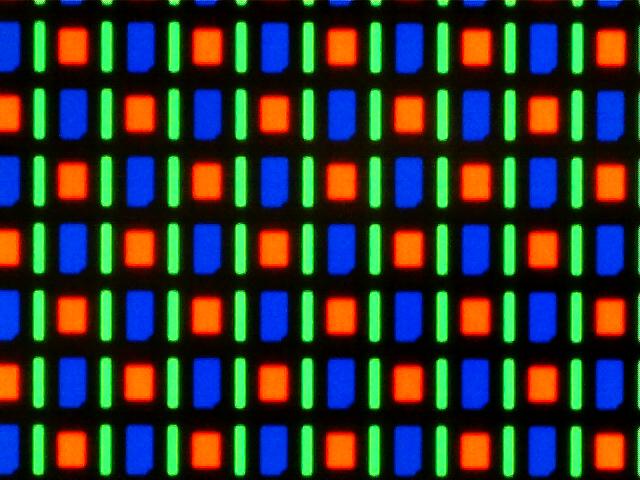Illuminerdi
Member
- Joined
- Jul 22, 2008
- Messages
- 112
I don't understand - how could you wrap the bottom and not wrap the corner? I really don't understand what your issue is with the corner wrapping. And while you might not like the DS, it was a very popular system, so there are a lot of people who clearly did like it - given that Nintendo has persisted in using this style of button it's pretty clear that their research has shown that their customers all like that style of button as well. If it was so hopelessly flawed why would they keep using it 10 years later?Wrap the side OR wrap the bottom - that is fine. Get the button OFF of the corner though.If done right I don't think this will be a problem. The DS Lite and 3DS XL both use this style of shoulder buttons and I really prefer the feel of these. Yes they can lead to fragility if done improperly, but with a strong enough post and thick enough collar around the post I see no reason this could not survive a reasonable amount of shock/damage. If the button jams it shouldn't be due to the shape of the shoulder button. My DS shoulder buttons never once jammed, even after MANY years of *heavy* use - so it is more than possible to make a shoulder button that wraps around the bottom without jamming.But NO, God no burn it with fire DO NOT wrap the trigger around the lower/back edge of the case and the exposed corner again!
That is the biggest issue I've had with either one of my Pandoras is that corner getting bumped and jamming and in one case breaking the shoulder button.
DO NOT PUT BUTTONS ON THE EXPOSED CORNERS OF THE DEVICE.
Yes, I'm yelling because I see a train wreck in progress - and everyone appears to be climbing on board and forgetting the last go 'round with the exact same issue.
Personally, I much prefer the bottom-wrap style, as I tend to rest my index fingers on the bottom corners of a handheld to provide a small bit of extra lift and stability - this frees up the rest of my grip for a slightly lighter touch, making it more nimble and able to shift around quicker. Plus it makes one handed operation (with the stylus in the other hand) easier, since you your non-stylus hand can work the shoulder button and provide lift simultaneously, rather than having to choose between the two. So for me, a shoulder button that wraps the bottom is strongly preferred. I'm not saying you don't have a right to your preference, but if your fears are rooted in wear-and-tear and not physical comfort, I think those are solvable problems.
Despite it's loooooong development time the Pandora didn't get nearly as much testing/QA time during the prototype phase that it needed. ED has a good head on his shoulders and I have confidence that he will VERY thoroughly test every single aspect of the Pyra before he sends it off for production, and he also provides excellent after-sales support, so we can count on him to own and assist with any issues that do crop up long-term, within reason.
Plus, frankly, Nintendo has some of the best controller designs in the business. Outside of the Gamecube their actualy controller layouts and buttons have always been the highest quality of any system, so if you're going to steal, steal from the BEST.


